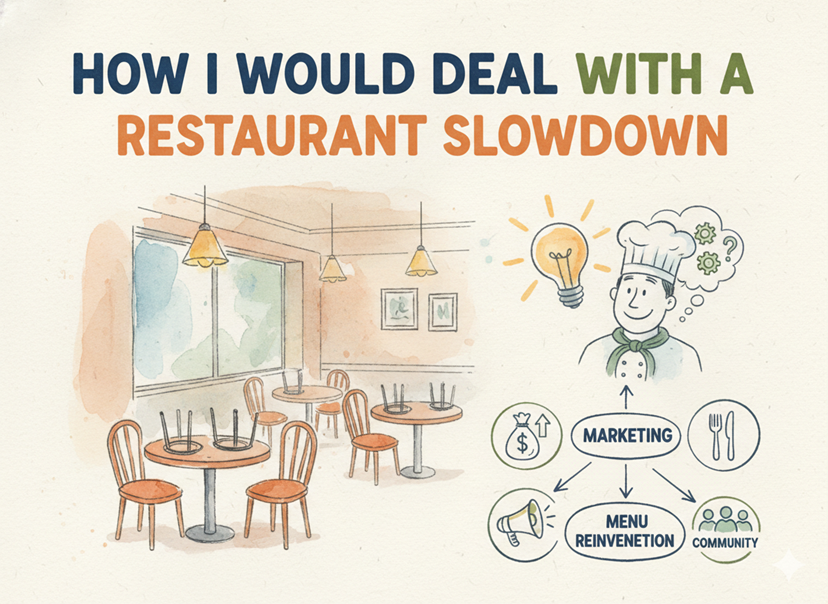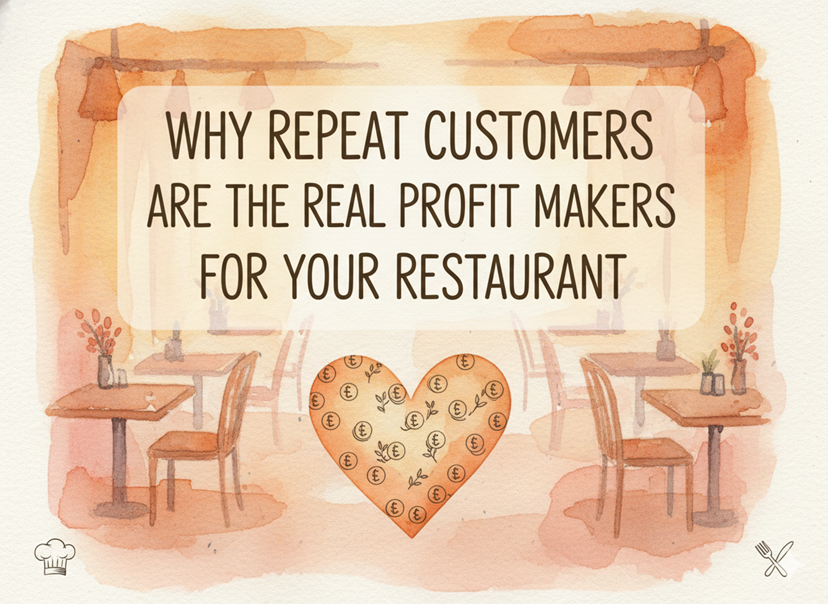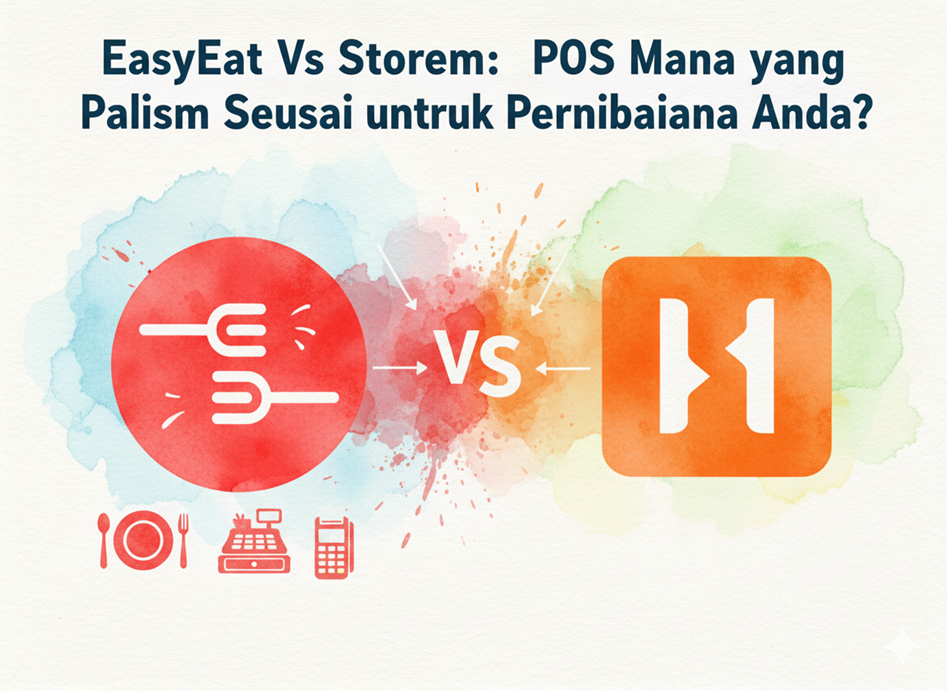You already know how important it is to manage your inventory. Having too much food means waste, and too little means disappointing customers. The solution? Inventory forecasting. When done right, inventory forecasting can save you money, reduce waste, and improve overall efficiency. But how exactly do you forecast inventory, and what do you need to get started? Let’s break it down in simple terms so you can apply it to your restaurant today.
What is the Inventory Forecasting Process?
Inventory forecasting is the process of predicting the amount of stock your restaurant will need in the future. It’s not just guessing; it involves analyzing past data, trends, and customer behavior to make accurate predictions. This way, you can order the right amount of ingredients without running out or having too much leftover.
For example, if you know that more people come to your restaurant on weekends, your inventory forecast will suggest ordering more ingredients before the weekend rush. If you see a dip in sales during certain months, your forecast will help you adjust your orders accordingly.
Why Inventory Forecasting Matters for Your Restaurant
Restaurants often operate on thin margins, which means every bit of efficiency counts. Inventory forecasting can help you:
- Reduce food waste: According to the Food and Agriculture Organization, about 1.3 billion tons of food is wasted every year globally, you can minimize the amount of food that spoils or goes unused.
- Save money: Overstocking leads to spoilage and losses while understocking leads to missed sales opportunities. Inventory forecasting allows you to strike the right balance, which can save you up to 10-20% on food costs.
- Kers happy: No one likes hearing, “Sorry, we’re out of that dish.” Forecasting helps ensure you have the right ingredients on hand to keep your menu consistent.
How does the Inventory Forecasting Process work?
So, how does the inventory forecasting process work? While it may sound complicated, it can be broken down into manageable steps:
- Gather historical data: Start by looking at your past sales records. If you use a point-of-sale (POS) system, this data should be easy to find. The goal is to understand your sales trends, including which dishes are most popular and when.
- Analyze demand patterns: Next, look for patterns in your sales. For example, are there specific days when you sell more certain items? Does weather or local events affect your sales? This step is about identifying trends so you can anticipate future demand.
- Seasonality factor: Certain dishes or ingredients might be more popular during specific seasons. For instance, soups and hot drinks might sell better in winter, while salads and cold beverages may be more popular in summer.
- Adjust for special events and holidays: If there’s a big holiday coming up or a local festival, you’ll want to adjust your forecast. More people might visit your restaurant, leading to increased demand for specific dishes.
- Consider lead times: Inventory forecasting isn’t just about what you need, but also when you need it. Some ingredients take longer to arrive than others. Be sure to account for delivery times when placing orders.
- Track and review regularly: Forecasting is not a one-time activity. It needs to be revisited regularly. After each month or season, compare your forecasts to actual sales and adjust your approach as needed. A good system should evolve based on new data.
What is Required for Forecast Inventory?
Now that you understand the process, let’s look at what is required to forecast inventory accurately:
- Reliable sales data: The more accurate and detailed your sales data, the better your forecast will be. Ideally, you want data that breaks down sales by dish, time of day, and day of the week. Many modern POS systems, like EasyEat, offer this level of detail.
- Inventory management software: Manual tracking of inventory is time-consuming and prone to errors. Investing in inventory management software will streamline the entire process. It will track what you have on hand, alert you when supplies are low, and integrate with your sales data for better forecasting.
- A good relationship with suppliers: Communication with your suppliers is key. You need to know how long it takes for ingredients to be delivered, what their delivery schedule is like, and how flexible they are with sudden changes in orders. This information will help you plan and avoid running out of stock.
- Market and customer insights: Knowing your customers’ preferences and the local market is critical. Are certain items more popular in your area? Are you in a tourist-heavy location where demand fluctuates? These insights will guide your forecasting decisions.
- Understanding of external factors: External factors like weather, economic conditions, or even local events can affect how much inventory you need. For instance, if you’re running a promotion, you’ll likely need to order more ingredients. Keep an eye on what’s happening around your restaurant and adjust your forecasts accordingly.
Making Inventory Management Easier
For many restaurant owners, inventory management is a constant headache. It’s time-consuming, prone to mistakes, and can be overwhelming, especially when you’re dealing with multiple suppliers. However, forecasting and inventory management don’t have to be complicated. With the right tools and approach, you can simplify the process significantly.
Here’s how you can make inventory management easier:
- Use an integrated POS system: A good POS system automatically tracks your sales and inventory levels, allowing for easy inventory management. It will also generate reports to show you trends and suggest order amounts based on past performance.
- Set up automatic alerts: Some inventory management software allows you to set up automatic reorder alerts. This ensures you never run out of critical ingredients without having to check your stock every day.
- Create a par level: A par level is the minimum amount of each ingredient you need on hand at all times. Set par levels based on your average sales, and your system can alert you when a stock falls below that threshold.
- Train your staff: If your staff isn’t trained to manage inventory properly, even the best forecasting tools won’t help. Ensure your team knows how to check stock levels, input data into the system, and follow your par-level guidelines.
Inventory forecasting is critical to running a successful restaurant. By taking a data-driven approach, you can reduce food waste, save money, and keep your customers satisfied. With modern tools like inventory management software, forecasting has never been easier.
Remember, accurate forecasting takes time and practice. Don’t be discouraged if your first forecasts aren’t perfect. As you collect more data and fine-tune your process, your inventory management will become more efficient, saving you time and money in the long run.
So, if you haven’t started forecasting your inventory yet, now’s the time. With the right tools and strategy, you can streamline your operations and take your restaurant to the next level.




